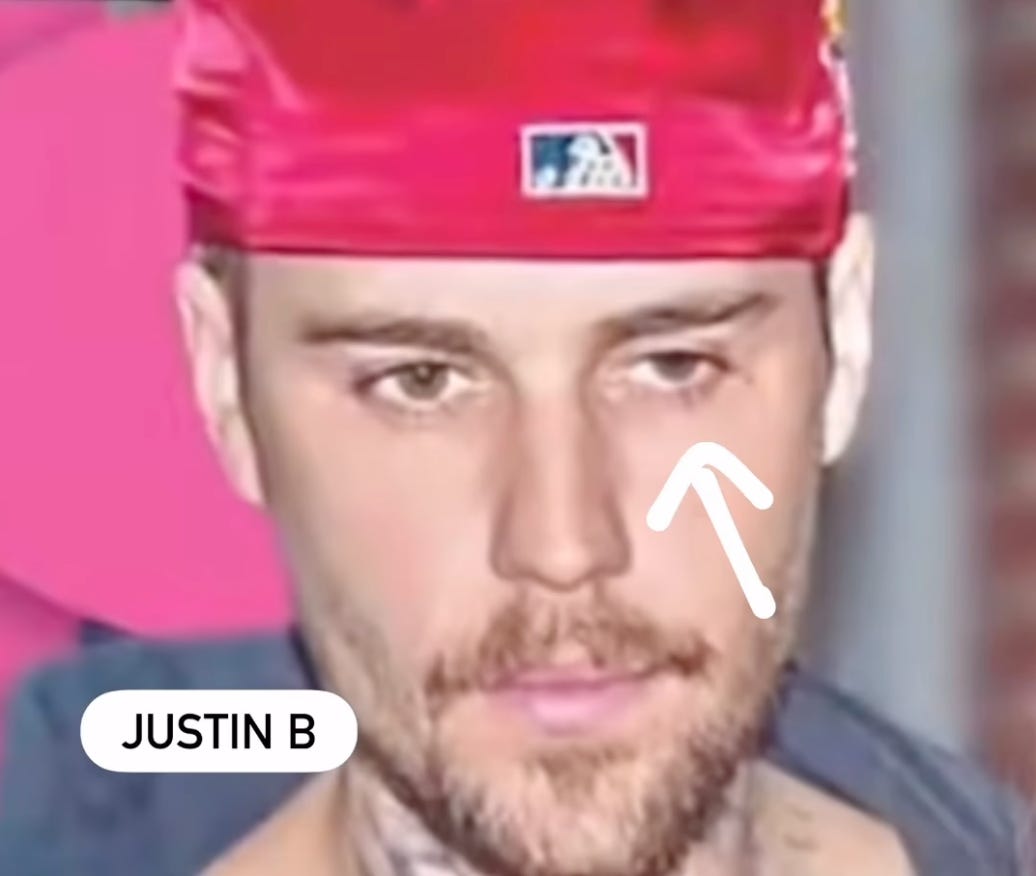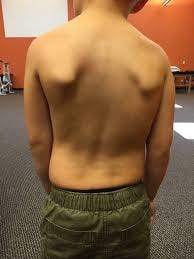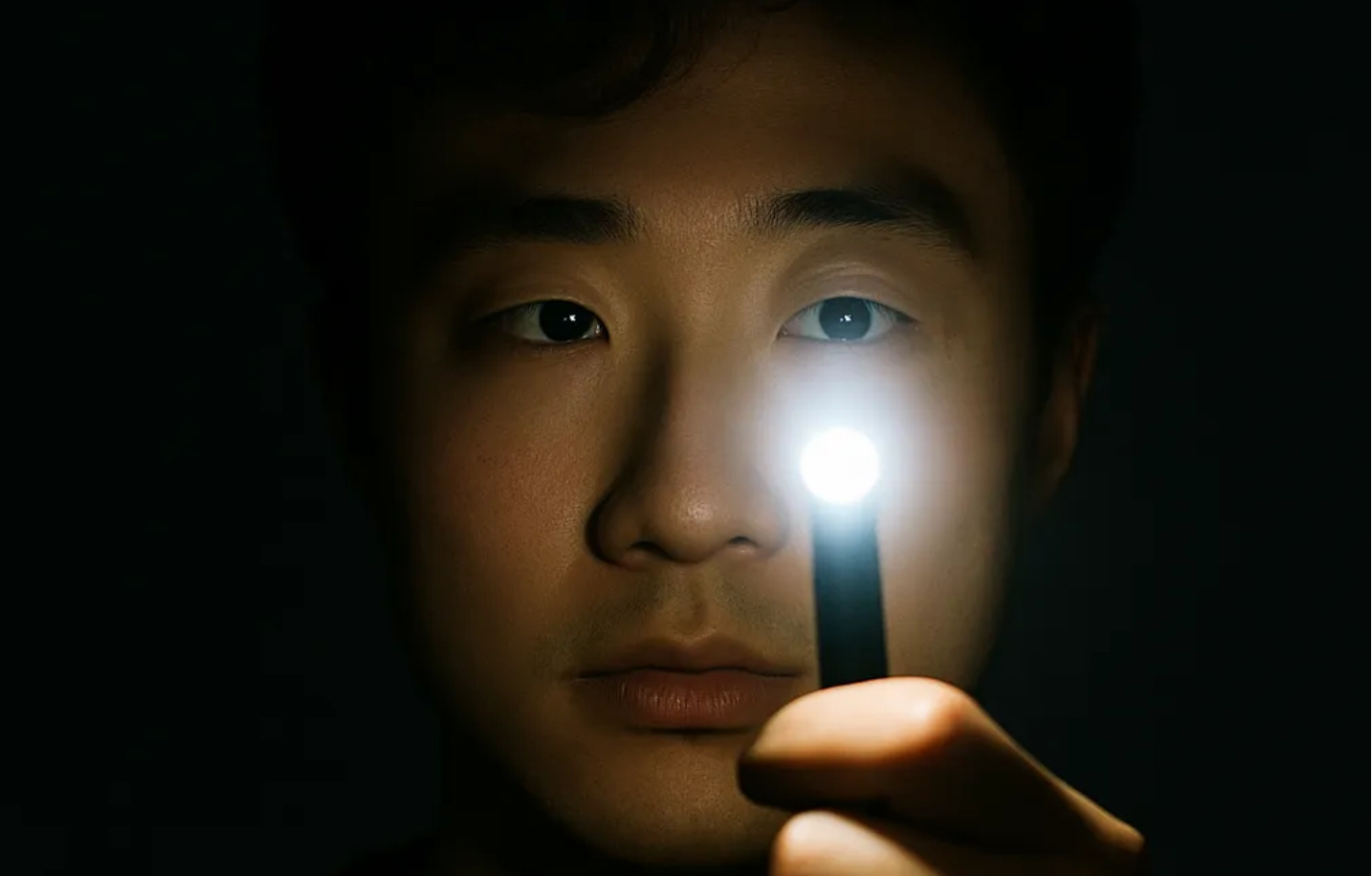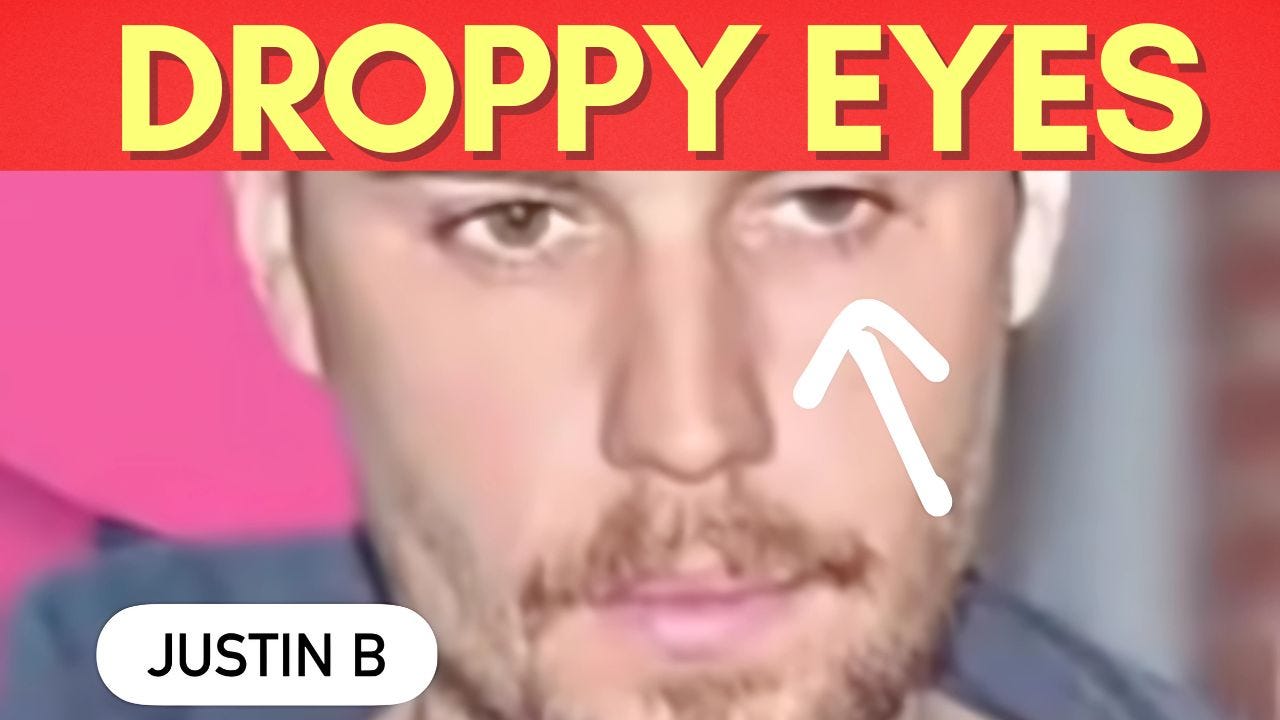Why One Eye Looks Lower (Droopy Eye)
If your eyelid droops, your eye looks smaller, or your face feels uneven. This isn’t cosmetic. It’s a warning sign from your brain.
If your eyelid droops, your eye looks smaller, or your face feels uneven. This isn’t cosmetic. It’s a warning sign from your brain.
Have you ever caught yourself tilting your head in photos just to even out your eyes? Or maybe you keep seeing one eyelid lower in the mirror, especially at the end of a long day.
You’re not imagining it. And it’s not just about tiredness.
That droopy eyelid is one of the clearest signs that your brain is under stress. A warning signal, not a flaw.
This area is not only in charge of lifting your eyelid—it helps direct how your eyes move, how your head turns, and how your body balances.
Here is what happens when that system gets disrupted:
One eye struggles to align or track properly
Your brain senses the misalignment and tries to reduce strain
It weakens the lift signal to the eyelid as a protective response
The lid begins to droop, giving the appearance of fatigue
From there, compensation kicks in. One side of your face pulls tighter. Your head tilts. One shoulder rises. Your hips shift. Posture warps.
That one eyelid was the first sign. The rest follows if it goes unchecked.
One in five adults over forty experiences mild to moderate eyelid droop. Most ignore it. Others cover it up. Almost no one connects it to the brain. But the connection is real and it runs deep.
Your upper eyelid is held up by a small muscle called the levator palpebrae. But it is not working on its own. It listens to commands from a brain center called the oculomotor nucleus, located in the midbrain.
This area is not only in charge of lifting your eyelid it helps direct how your eyes move, how your head turns, and how your body balances.
Here is what happens when that system gets disrupted:
One eye struggles to align or track properly. Your brain senses the misalignment and tries to reduce strain. It weakens the lift signal to the eyelid as a protective response. The lid begins to droop, giving the appearance of fatigue.
From there, compensation kicks in. One side of your face pulls tighter. Your head tilts. One shoulder rises. Your hips shift. Posture warps.
That one eyelid was the first sign. The rest follows if it goes unchecked.
Why This Matters for More Than Just Your Face
Postural asymmetry often begins with visual imbalance. When one eye loses tone, your entire sense of orientation shifts.
The body cannot trust what it sees. So it braces. Tightens. Adapts in all the wrong ways.
This is not a cosmetic issue. It is a system issue.
You might notice:
More frequent neck stiffness
Forward head posture or rounded shoulders
Back pain that always favors one side
Winged scapula
All of it can stem from poor signaling in the visual brainstem pathway.
The 3-Step Daily Reset (droopy eyes)
These drills target the visual and brainstem inputs responsible for droopy eyelids. Done consistently, they help your brain rebuild trust in eye position and facial symmetry.
Light Activation Reset
In a dark room, hold a small flashlight or phone light about 12 inches from your eyes.
Flash the light on and off slowly every 2 seconds, while keeping your gaze focused on the source.
Do this for 30 seconds, then close your eyes and rest for 20 seconds.
Repeat this twice, always making sure you’re relaxed and not straining.
⚠️ Don’t stare too hard. The goal is gentle stimulation, not discomfort.
Why it helps: This activates the optic nerve, which boosts the oculomotor nucleus in the midbrain—the part that controls your eyelid muscle. By increasing brainstem activity, it helps reduce eyelid droop and improves visual tone.
🧠 Why it works: This activates the optic nerve and improves firing through the oculomotor pathway. It boosts tone in the muscles that lift the lid and helps the brain feel more awake and balanced.
Horizontal saccades
Hold both thumbs at arm’s length directly in front of your face, spaced shoulder-width apart.
Shift your gaze quickly from one thumb to the other, without moving your head.
Do 20 reps, then rest for 30 seconds. Repeat twice.
Make sure your head stays still and only your eyes move.
Why it helps: This activates your saccadic system, which helps your brain rapidly shift visual attention. Poor saccadic control leads to asymmetry and fatigue in the oculomotor system.
🧠 Why it works: This reboots your eye’s ability to shift and stabilize quickly. It reduces the strain that causes one eye to dominate and balances fatigue in the oculomotor system.
Vertical Saccades
Pick two points on a wall, one high (near the ceiling) and one low (near the floor), about 3–4 feet apart.
Quickly shift your gaze up and down between the points, keeping your head still.
Do 20 reps, then rest for 30 seconds. Repeat twice.
Make sure your head stays still, and only your eyes move.
Why it helps: This trains rapid up-and-down eye movements, waking up the oculomotor nucleus that controls the eyelid muscle. It also improves eye-brain coordination, reducing brainstem strain that can worsen a droopy eye.
🧠 Why it works: Vertical eye movement trains the brainstem’s alignment systems. It resets posture through deep internal channels—eye to spine to pelvis.
What to do next:
💡 If you’re ready to go deeper, our full Course Pack which includes the The foot Mechanics and Gait Cycle. This program give you the tools to understand and fix foot imbalanced. Everything starts with the brain, and these six courses show you exactly how to support it, step by step.
🔄 Want a quick daily reset? Check out the 5-Minute Posture Fix for a fast, effective way to improve alignment from head to toe.










Dr. Andrew Moulden was certain that a drooping or skewed eye in a recently vaxxed baby was a sign of vaccine injury to one of the cranial nerves. Justin had a more extensive facial paralysis after he got the Covid jab. It's hard to imagine this is not part of that injury.
Wow I just thought it was normal asymmetry. My right eye is VERY droopy and looks much smaller, especially when I’m tired it can barely stay open. The same eye also spasms and twitches wildly a lot and gets blurred. All of this is happening and I’m very young so it has no correlation to age either.